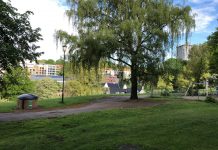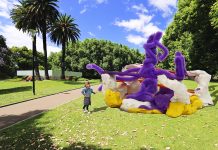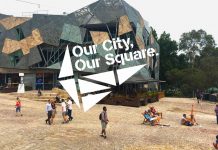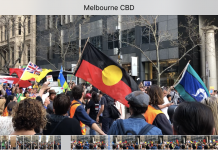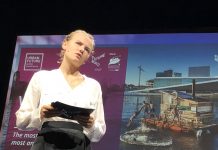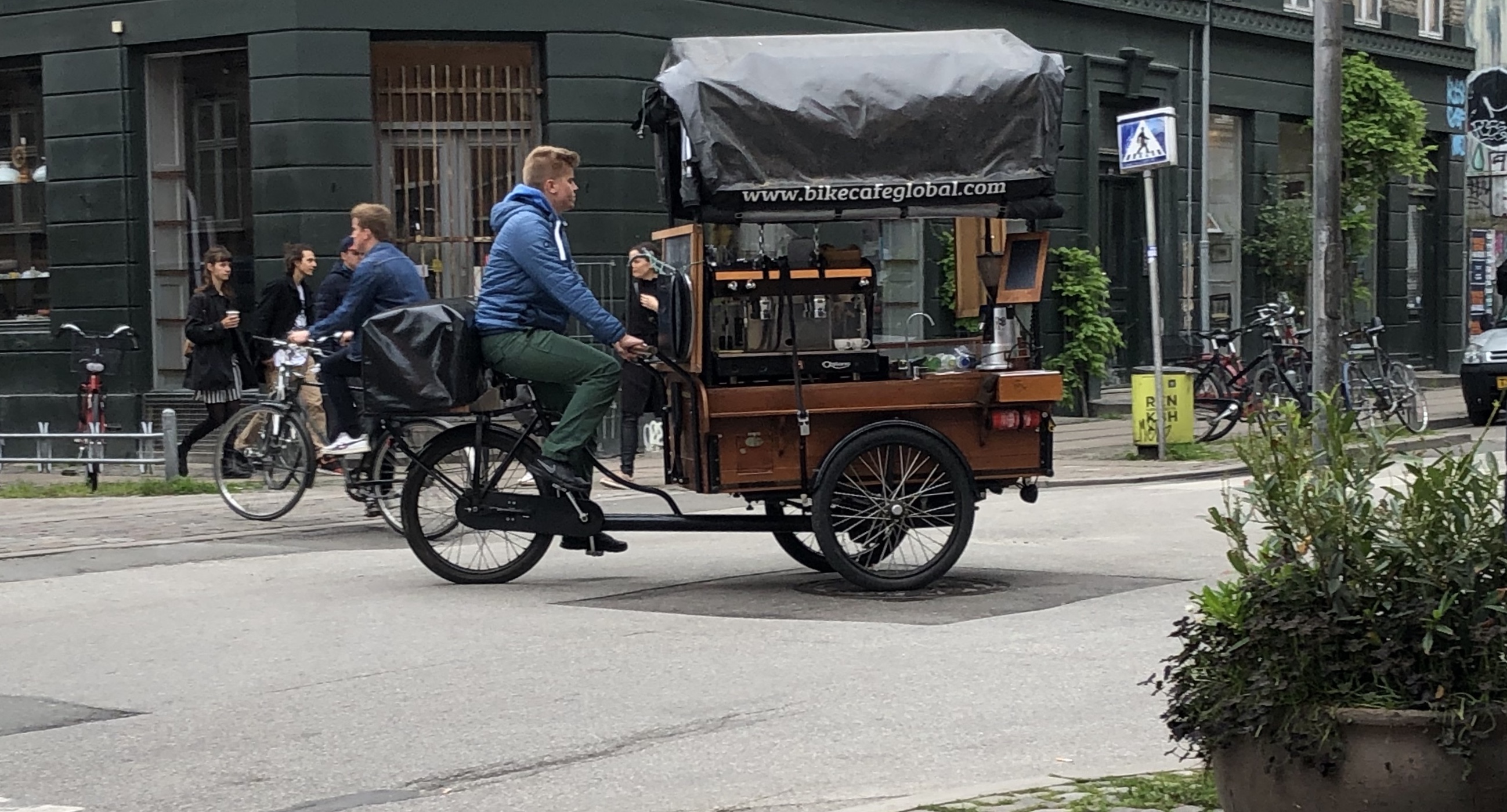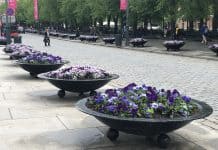The fastest way to make a city liveable, popular and loved by its citizens is to prioritise bike infrastructure and make cars the least attractive transport option, according to Morten Kabell, the CEO of Danish urban design consultancy, Copenhagenize.
Governments and city administrations agonise over a multitude of problems—carbon emissions, pollution, traffic congestion, and social issues such as loneliness and isolation and chronic disease—that can all be improved with a single strategy: improving infrastructure for cyclists, says Kabell, a former vice-major of Copenhagen.
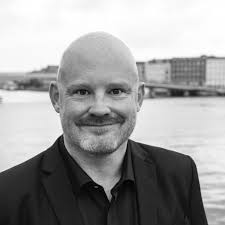
And it is one of the cheapest strategies available to them. Kabell says the city of Copenhagen was close to bankruptcy in the 1990s when it got serious about implementing its cycle infrastructure.
What should a city do to get more people cycling?
“Three things”, says Kabell. “Infrastructure. Infrastructure. Infrastructure. You can waste millions on campaigns telling people how nice it is to bike and how green, but if you don’t build the infrastructure, they won’t get on their bike. What we preach is that if you build it they will come; if you build cycle lanes people will start cycling.”
Create a network that is safe
To change behaviour, cycling infrastructure (meaning cycle paths) must be comprehensive, a network that takes people from A to B. “I call it A-to-B-ism,” says urban designer-turned-speaker, Mikael Colville-Andersen, who founded the Copenhagenize consultancy, and spoke in May this year at the Urban Future conference in Oslo Norway to a packed seminar room.

“We know why people cycle in Copenhagen and it’s not to save the polar bear in the Arctic,” says Colville-Andersen, who now tours the world sharing the lessons from Copenhagen’s urban planning and hosts a TV show on urban issues called Life-Sized City.
“We [Copenhagenize] have asked them every two years since 1996, ‘What’s your main reason for riding a bike?’ And it never changes,” Colville-Andersen says. “The majority always says, ‘It’s quick. It’s the fastest way from A to B in my city.’ That’s all. Only 6% ride because it’s cheap and only 1% ride for environmental reasons. Even in Denmark, which is very environmentally aware.”
Cycle paths must be separate to be safe: a kerb to the traffic, a kerb to the pedestrians and, ideally, as wide as a car lane on both sides of the street. Then people will take to their bikes.
Back in 1970 in Ljubljana, the capital of Slovenia, the major decided to improve the proportion of bikes as a total percentage of transport. It was then at two per cent. Building just 40 kms of separated cycling infrastructure increased that to 10% in s single year, Colville-Andersen says.
Create impediments for cars
De-prioritising cars is also a key strategy to change the cycling culture and solve urban issues, Colville-Andersen says.
For thousands of years, streets were democratic places in which all modes of transport had equal access. But from the 1950s, cars have dominated the roads and have killed people—drivers, pedestrians and cyclists—from day one.
And those deaths and injuries are getting worse. In Australia, for example, one in five people hospitalised in a traffic accident is a cyclist, according to a report from Australian Institute of Health and Welfare.
For 17 years, that rate of hospitalisation for cyclists increased by an average of 1.5%. And in the last six years of the AIHW report, the increase was 4.4% per year.
Cars do not mix with cyclist and pedestrians.
“[There’s] a really cool graphic from Sweden [See below],” Colville-Andersen says. “[It shows] the quickest way to planning a modern city that you’ll ever see. You prioritize the three transport forms on the left—cycling, walking and public transport—and you make driving a car or a pain in the ass. That’s all you do. It’s really that simple.
“We don’t need carrots. We just need the biggest stick in the history of cities. And that’s the line on the right there. You just make it more difficult. You make it more expensive. You take away parking, you make parking expensive. You do everything you can to stop it because it has never worked in 70 years and people are dying. It’s that simple.”
Pilot programs creates change
Copehagenize CEO, Morten Kabell, acknowledges that, despite overwhelming evidence and data collected and published by his company, getting citizens to change their behaviour is hard.
There is a way, however: pilot programs.
While city administrations and politicians can be persuaded by the data, citizens need to experience the change before they are willing to believe in the benefits, Kabell says.
“Copenhagen today is Copenhagen because of pilot projects. We didn’t go through long discussion processes. We said, let’s just try this new idea.’ ”
But what about in Australian cities, which sprawl, and are often hilly or have narrow streets.
Kabell reminds us that for six or seven months of the year, the Danes cycle through snow. In Copenhagen, the bike paths are the first to be cleared of snow in the winter months.
Electric bikes can help with distances in Australia’s sprawl, as do the dedicated commuting cycles lanes that run 100 metres to the left and right of Copenhagen’s freeways.
It’s a matter of mindset, planning and—you got it—infrastructure.
A fortunate necessity
Change will come fastest when citizens become fed up with road carnage, experience an alternative, and insist on better infrastructure, Kabell says.
“Copenhagen wasn’t always as Copenhagen is today: It was the result of bottom-up action. People were fed up with their squares being used as parking lots. No-one could sit outside and enjoy it. Kids and older people didn’t feel safe to cycle.
“As point, one third of the population was standing in the middle of the town square. Planners had to react. And it was a very poor city in the mid-90s—on the verge of going bankrupt. So the city had to choose the cheapest solution. A fortunate necessity.”
Follow me

